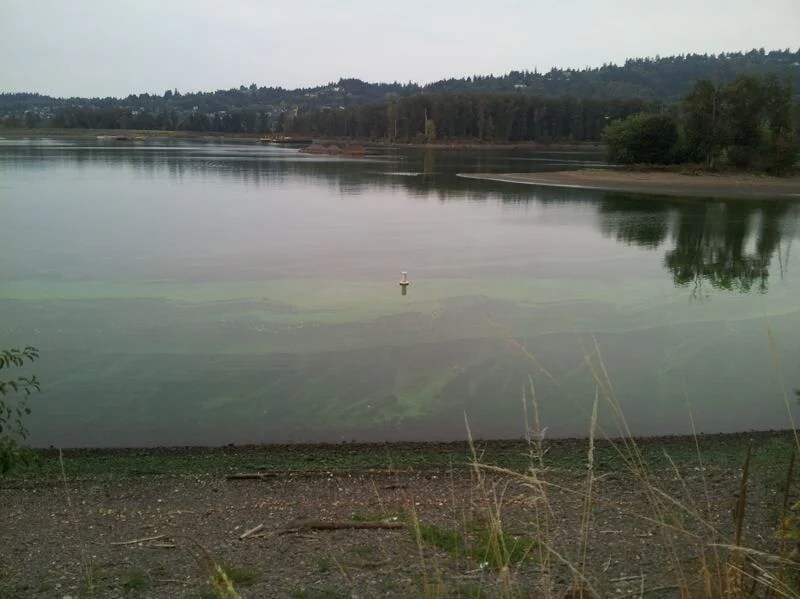Oregon Health Authority advisor talks toxic algae following concerns at Cedar Island area
Published 3:25 pm Friday, June 13, 2025

- Officials have identified cyanobacteria in algae in the Willamette River in the past (file photo).
Reports of a dog dying after swimming near Cedar Island in the Willamette River in West Linn prompted concern on social media among locals who boat, paddleboard, kayak and swim in the area. But Stuart Dyer, healthy waters senior advisor with the Oregon Health Authority’s Environmental Public Health Department, said recent observations have shown no indications the water near Cedar Island is unsafe.
Dyer noted, however, that a water sample collected by the Department of Environmental Quality at the site is still awaiting results.
“At this point, I don’t want to stoke any fears because we don’t have any evidence that that (toxic algae exposure) is the case,” Dyer said. “Unfortunately it’s tricky with dogs because water intoxication with dogs can have almost the exact same signs and symptoms as exposure to some of these cyanotoxins, where it disrupts how sodium works within the system.”
Water intoxication occurs when a dog drinks too much water in a short period of time.
Dyer shared that no observations or information gathered by OHA so far point to cyanobacteria or cyanotoxins causing the recent dog death.
Cyanobacteria are the toxic algae sometimes found in waterways and can be harmful to people and pets.
Dyer emphasized that OHA is working with the Centers for Disease Control and Oregon veterinarians to collect biospecimen samples from pets who become ill after suspected exposure to cyanobacteria, which can help the OHA refine its risk assessment.
When OHA receives a report of a human or animal illness, the agency begins working with DEQ and local, state and federal managers of the waterway to evaluate conditions at the site. They look for any observable signs of toxic algae like scummy, foamy, thick, paint-like water, along with a pea green, blue green color or green globules in the water. DEQ will also collect water samples for testing when possible.
Dyer explained that currents and tides make it difficult to test the site that may have led to a reported illness. Because of the currents, the water that is at a dock or swimming hole will keep flowing and likely won’t be at the same spot the next day. Dyer said this is especially true for the Willamette River because it is tidally influenced.
OHA recommends people familiarize themselves with a site before recreating and know the signs of toxic algae blooms, as well as the symptoms associated with exposure — weakness, vomiting, diarrhea and in severe cases seizures or muscle twitches.
Lastly, Dyer said OHA tells people: “When in doubt stay out.” Recreators should also consult the OHA website healthoregon.org/hab, which has information about cyanobacteria and lists all the current warnings and advisories for Oregon waterways.





